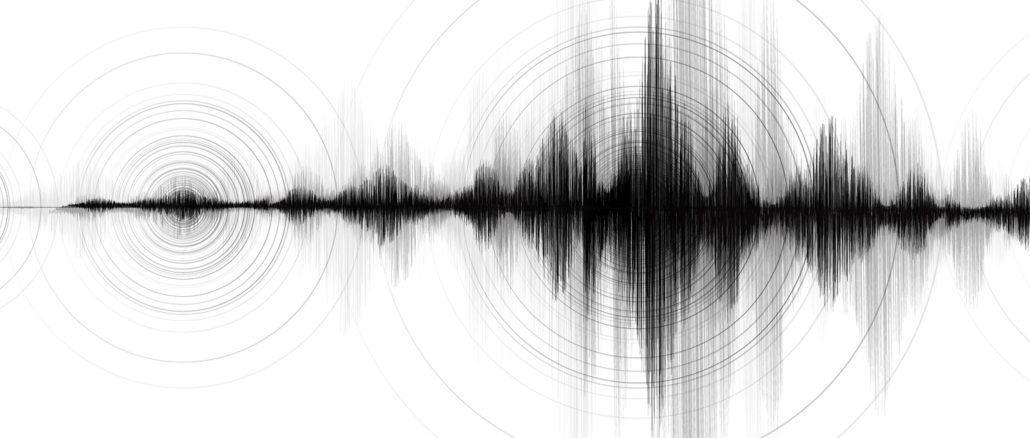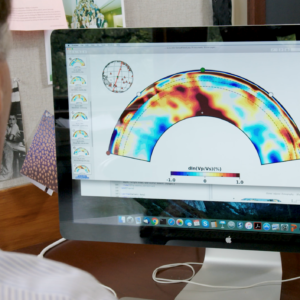
 “The goal is to image the earth’s interior on a 3D scale,” says Jeroen Tromp, Blair Professor of Geology at Princeton University, leader of a team carrying out seismic research at the Oak Ridge Oak Ridge National Laboratory (ORNL) in Tennessee.
“The goal is to image the earth’s interior on a 3D scale,” says Jeroen Tromp, Blair Professor of Geology at Princeton University, leader of a team carrying out seismic research at the Oak Ridge Oak Ridge National Laboratory (ORNL) in Tennessee.
Sponsored by the US Department of Energy, ORNL is a huge science and technology laboratory running scientific programs ranging from materials to neutron science, high-performance computing, and national security.
Back in June last year, the ORNL took ownership of Summit, the giant supercomputer powered by NVIDIA that offers 10 times faster speeds than its supercomputer predecessor Titan and has been hailed as the world’s most powerful supercomputer.
Professor Tromp and his team are using a vast dataset containing earthquake observations to build a simulation of the earth’s mantle – the rock layer that lies between earth’s super-heated core and its thin outer crust.
In our video, he explains how earthquakes send waves through the earth’s interior at speeds that vary according to the temperature of the rocks in the mantle. Seismic instruments dotted all around the globe measure these speeds, providing a basis for the scientists to build a computer model of the mantle.
The current model contains measurements from 1,480 earthquakes, each one requiring a full simulation. The team also has data recorded from 6,000 additional earthquakes that has not been used due to the sheer magnitude of numerical calculations involved and the computational expense of processing it.
“That’s why the move from Titan to Summit is great,” says Tromp. He explains that in the past data transfer from CPU memory was a limiting factor but now the additional memory on Summit’s new Volta GPUs will make all the difference.
Because it’s important to use only good data, the scientists are also using their tens of millions of measurements from millions of seismographs as a training set for a machine learning tool able to identify suitable measurements for them.
Meanwhile, their research has already yielded an image of the Farallon Plate, an ancient oceanic slab which began subducting under the west coast of North America during the Jurassic period and no longer exists.
“On a global scale this imaging really is a discovery mission,” says Tromp.
Watch the video here:




Be the first to comment